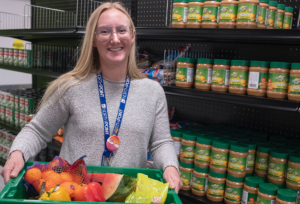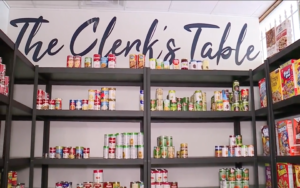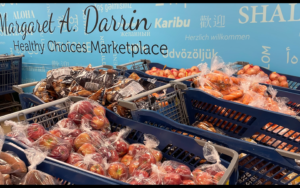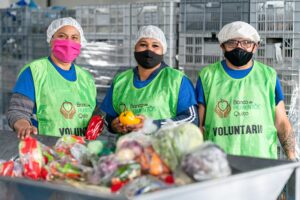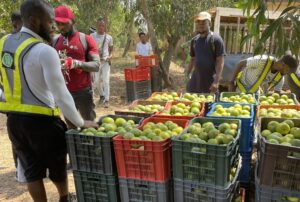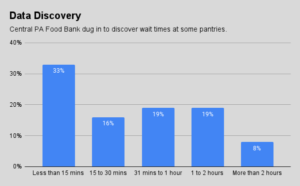People who are new to the charitable food system often experience a fundamental problem when they try to access it – they don’t know where to go for help.
A neighborhood might be populated with pantries, but these often operate out of basements or side doors, with little to no signage. A natural instinct might be to conduct a web search, but a large percentage of pantries have no online presence.
That’s why the “find food” maps run by large food banks are so important. The best of these carry up-to-date information about pantry hours and locations and are descriptive about exactly the type of food and/or additional services that can be found. They also keep clients fully informed about potential changes in service.
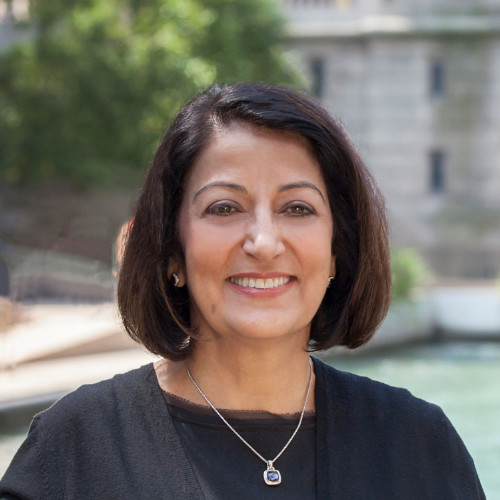
That’s the type of offering the Greater Chicago Food Depository has achieved by working with the Thierer Family Foundation, which helped it build Vivery, a next-generation, interactive food finder. Users can do a search to find out, for example, where to get a hot meal on a Monday within a certain zip code, and they can do it in Spanish or English.
Greater Chicago Food Depository is one of a growing number of food banks that have upped their game when it comes to helping people find food. Houston Food Bank, for example, now has an app that lets people schedule pantry appointments, as well as an interactive food finder that supports searches by day and type of program (senior food, college pantry, and so on).
At Capital Area Food Bank, the food finder is color-coded to indicate whether pantries are open now; open later today, or open another day. At Atlanta Community Food Bank, people can text “findfood” to find pantries or go to the website to search for pantries by drive time.
Tech providers are also paying attention. Google got into the fray last year, introducing new search features to make it easier for people to find food banks, pantries, and SNAP benefits, while FindFood.Guide has emphasized the concept of human-centered design principles.
In Chicago, the need for improved food finding came to the attention of Chicago-based Thierer Family Foundation when it became apparent that people were often traveling further than they needed to during the pandemic to get food. At the same time, the Greater Chicago Food Depository was struggling to keep information up to date about pantries hours and locations.
“Vivery was formed to help people find food relevant to them and near them,” said Nasrin Thierer, Founder of Thierer Family Foundation.
A key feature of Vivery is that it allows clients to sign up through the food finder to receive text messages from pantries about service changes. So if eggs were promised, but didn’t show up, or if a pantry had to close due to inclement weather, people could be notified in advance. “Text messaging is one of the core things,” Thierer said, adding, “Staying connected with the pantry is important.”
Vivery also addresses the challenge of ensuring pantry information is up to date by giving pantries ownership of their own profiles on the finder and the ability to change them through easy to use tools.
At Greater Chicago Food Depository, engagement on food finding has increased since it began using Vivery about a year ago. And with improved data analytics capabilities, it now has much better insight into who is looking for what and where, and what level of success they had in finding it.
Thierer Family Foundation is now making the platform available to food banks around the country at minimal to no cost, and is already working with other food banks in Illinois to get it installed. “We’re very excited to get it out to as many food banks as there are,” Thierer said. – Chris Costanzo
PHOTO, TOP — A screen grab shows which agencies provide food and diapers on Mondays in or near the 60632 zip code of Chicago.
Like what you’re reading?
Support Food Bank News

